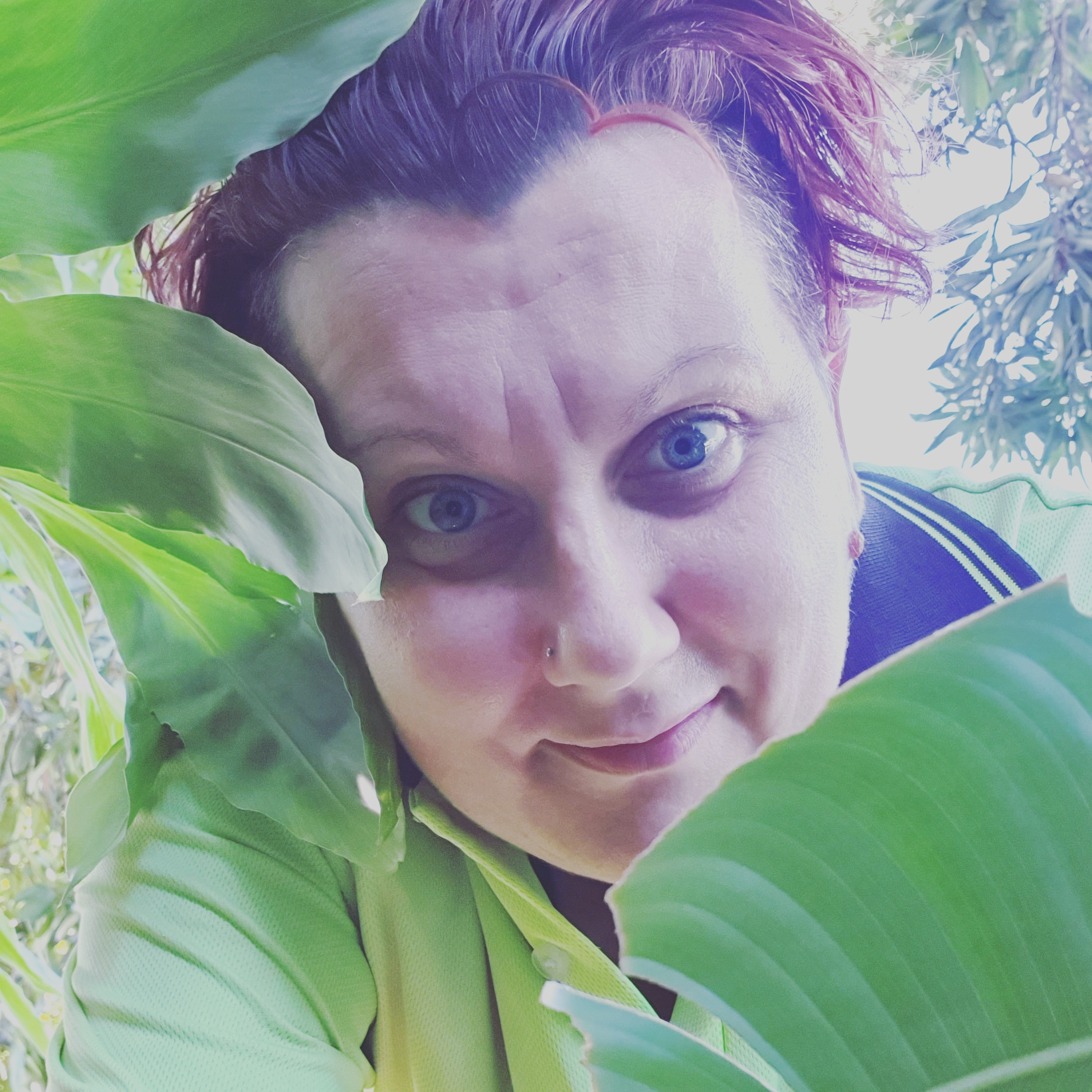Grow your own Ferns from spores!
- Jazz Carter

- May 23, 2022
- 4 min read
Updated: Jul 6, 2022
I absolutely love Ferns and I think that they deserve more credit than they get, often being overlooked for prettier things in the garden but when you really look at them they are spectacular. They come in many different shapes, colours and forms and are often the perfect choice for a difficult shady patch in the garden or even as a feature inside and outside of the home.
I used to work in a wholesale Fern Nursery and was so lucky to learn about the many different varieties of Ferns, I had no idea that there were so many different types! I also ended up with a huge Fern collection which I adore and have been collecting spores, growing my own and now offering spores for sale so others might get on the Fern bandwagon!
So why grow Ferns?
Low maintenance
Make beautiful background plantings
Gives a tropical feel to gardens
Extremely forgiving to many circumstances
Good survival instincts
Lovers of water so perfect for damp difficult spots
Perfect filler for shady areas and understorey planting
Some grow as epiphytes so can be grown in tree canopies and in between branches
What are spores?
Spores are tiny structures that contain the genetic material that are needed to grow a new fern.
Found on the undersides of fern frond leaflet pinnae and mature at the end of their growing season and come in many different shapes and colours, usually spheres but not always and come in tones of black, brown, gold, silver, red, orange or even green and are quite decorative but overlooked.
Not all fronds and pinnae have spores, fronds that do have them are called fertile fronds.
Spores are encased in structures called sporangia, these clump together for form a sorus (plural sori),in some ferns sporangia are protected by a membrane called indusia, in others the sporangia are exposed to air.
How to grow Ferns from Spores
There are quite a few steps involved and takes a few months for the ferns to be ready to be potted up but in my opinion, worth it!
Use a good quality compost mix that has been finely sieved, you don’t need too much and not too deep, I find that about 2.5cm deep is plenty.
Start by pasteurising the media surface, this removes any fungi or algae that may compete with spores as they germinate.
To do this, simply put a piece of card/coffee filter/kitchen paper on the soil surface and pour just boiled water over the card/coffee filter/kitchen paper.
Remove the card/coffee filter/kitchen paper and allow to cool.
Tap the spores onto the soil surface - be sure to do this on a still day otherwise your spores will end up in the wind!
Put the pot into a container that has a lid (make a mini greenhouse) a little cane can be used to prop up the lid for some ventilation.
Keep out of direct sunlight and keep the spores evenly moist, I find bottom watering best to avoid spore disturbance but keep each species separate to ensure no cross contamination of spores occurs.
Now the magic begins!
Don’t freak out when an algae or moss like growth starts to grow on the surface, this is the beginning of the growth called prothalli, this growth will start becoming lumpier and taller.
When the prothalli resembles small leaved moss, the fertilisation has to take place before the ferns begin to grow, keep the soil moist during this time.
When the prothalli develops into small fern plants, they are ready to be patched out.
Be sure to use pots that are sterilised!
Never allow these to dry out, they are quite sensitive at this time.
Put into a greenhouse again or cover with a plastic bag and keep out of direct sunlight.
When they start filling the pots up, pot on into larger sterilised pots and take them out of the plastic bag or greenhouse.
Watch them carefully during this period as this process can shock ferns due to the climatic change so keep misting them to keep up the humidity and the ferns will acclimatise.
Put them in a cool spot out of direct sunlight, keep moist and watch your ferns flourish!

Growing ferns in the garden
Grow Ferns in humus rich, well drained, moist soil in indirect sunlight, some ferns will grow in full sun but most like shady spots.
They appreciate regular watering and leaf litter is welcomed so growing as an understorey plant under trees is ideal.
They perform best in slightly acidic to neutral soil with a pH of 4.0 - 7.0.
Trim off old, dead fronds to keep up a neat appearance (not necessary but can be done if you prefer).
Once ferns reach the end of their growing season you can trim most back to the ground and they will reshoot readily - but don’t do this with the epiphytes, just trim off the dead fronds.
Sometimes when growing ferns, they will spread their spores on the wind, so they might pop up in areas that they have not been planted, I myself just leave them be as another welcome addition to the garden!
I could go on and on and on about ferns, their reproduction and their beauty but I'll add some links for further info that you may find interesting!

Be sure to share your photos on our socials, we love to see progress shots of our customers growing our seeds and spores! Happy growing!
#ferns #growingfernsfromspores #spores #fernspores #growingferns #fernsinthegarden #australiannativeferns #epiphyticferns #rainforestplants #exoticferns #shadelovers #fernlover #seedsupplier #sporesupplier #australiannativeseedsupplier #fernsporesupplier #growyourownfernfromspores


















































Comments